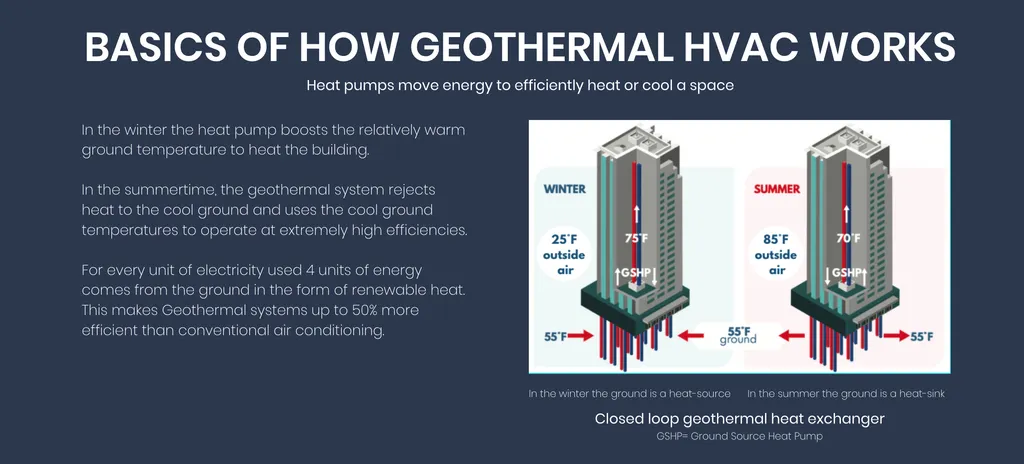Mike Richter, a name synonymous with hockey glory, is now making waves in a different arena. As the president of Brightcore Energy, Richter is spearheading a shift in how commercial, institutional, and government buildings approach heating and cooling. His company’s focus? Geothermal energy, a solution that’s efficient, effective, and increasingly viable in urban areas.
Richter’s passion for geothermal stems from its potential to significantly reduce energy consumption and emissions. “If you can address that, you’re doing something important, and that’s really where our focus has been, particularly the last few years,” he said during an appearance on The POWER Podcast. Brightcore’s UrbanGeo solution is a game-changer, combining proprietary geothermal drilling technology to make geothermal heating and cooling feasible in dense urban environments.
Traditional geothermal systems often require vast open spaces for borefields and can face time-consuming development timelines. Brightcore’s approach, however, drills deep—between 500 and 1,000 feet down—to harness the earth’s constant temperature. This stability is the key to geothermal’s efficiency. In winter, the system absorbs warmth from the earth to heat buildings, and in summer, it pulls heat out of buildings to cool them. “It’s pretty straightforward and very, very efficient and effective, particularly—and this is key—at the extremes,” Richter explained.
The challenge lies in implementing these systems in densely populated areas like New York City. Richter debunked the myth that geothermal isn’t feasible in urban settings. “They’ve been doing that in New York for decades now,” he said, crediting precision drilling techniques borrowed from the oil and gas industry. Brightcore’s office in Stockholm, Sweden, has also played a crucial role in technology transfer, with Scandinavia boasting a 25% market penetration compared to the U.S.’s 1%.
However, the upfront cost of geothermal systems can be a hurdle. Richter acknowledged this but emphasized the importance of lifecycle analysis. “You really have to look in a slightly different way, and that’s a lifecycle analysis,” he said. In retrofit projects, Brightcore’s systems can save between 30% and 60% in energy costs, depending on the system being replaced.
Government incentives further sweeten the deal. The Inflation Reduction Act can cut 40% to 50% off the front-end cost, with additional credits for using American-made technologies and installing systems in economic development zones. “So, it can be at par or even less,” Richter said. Moreover, unlike solar and wind technologies, geothermal incentives were not cut under the Trump administration.
Richter’s transition from hockey to energy is more than just a career change; it’s a testament to his commitment to making a tangible difference. His work at Brightcore Energy is not just about providing efficient heating and cooling solutions; it’s about reshaping the energy landscape, one building at a time. As the sector grapples with the challenges of urbanization and decarbonization, Richter’s insights and Brightcore’s innovations could very well light the way forward.

